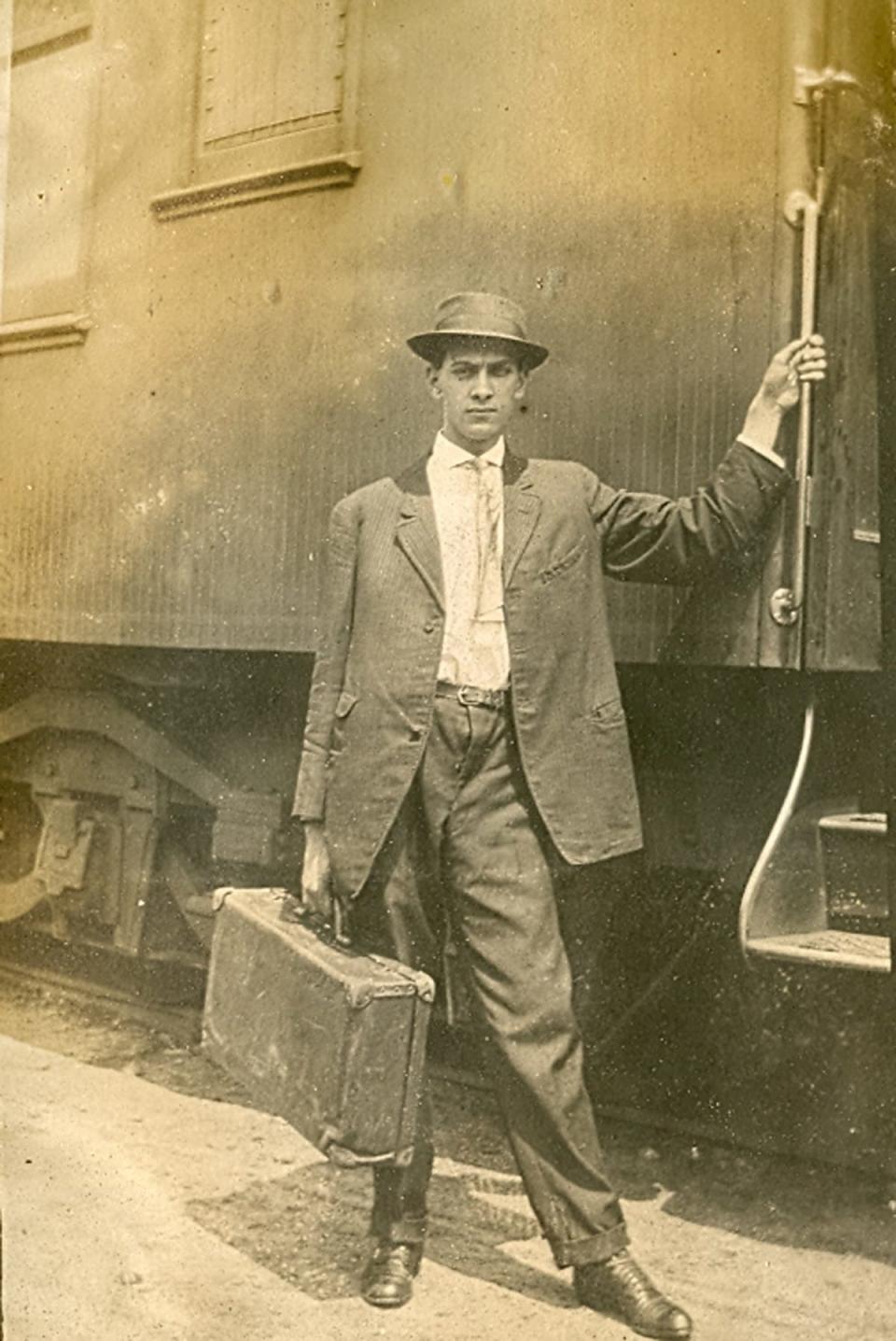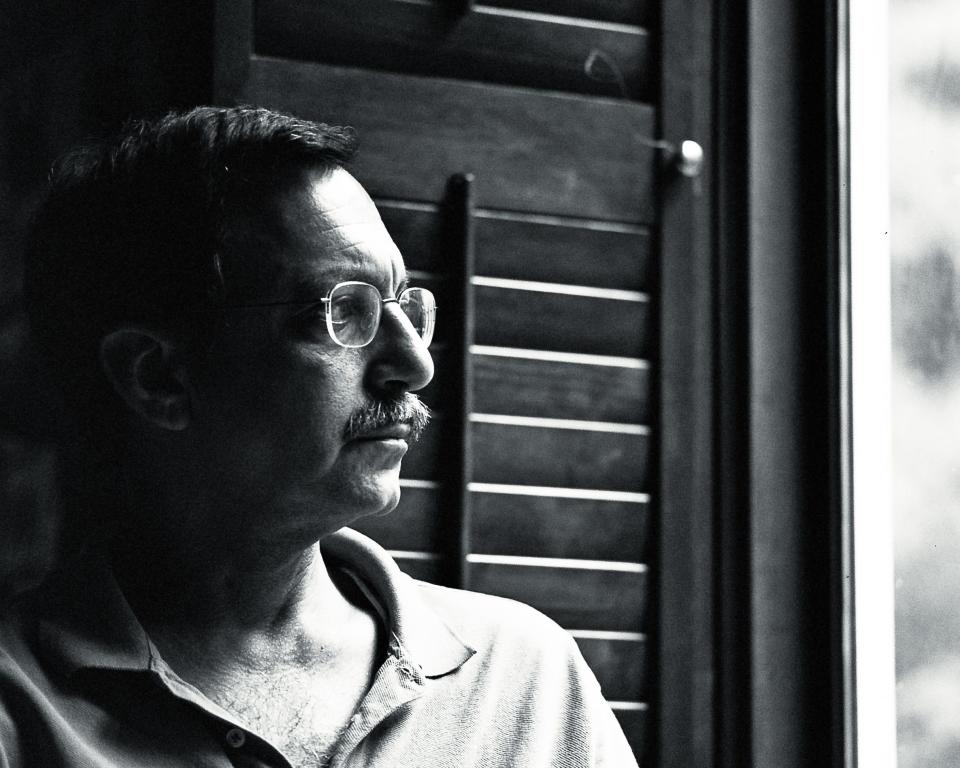Visiting Our Past: Romance bloomed in Asheville's Aston Park in railroad days
John Harry Walker of Strawberry Plains, Tennessee, got off the train in Asheville in 1911, peddling newspapers and magazines. He strolled to Aston Park, built by the city in 1898 on land deeded by George Willis Pack.
"He came up as a news butch," his youngest daughter, Mary Walker Shipman, relates, "and he went through Aston Park and saw my mama, and a bow fell off the back of her dress. I think she wanted it to. My daddy was the handsomest man that ever God put breath in — I know it, I'm so proud of him. And he picked up the bow."
Mary's mother, Eva Moore, lived with her parents on South French Broad Avenue, north of Hilliard Avenue. Eva's father was William Moore, furniture store owner and property developer.
"She was walking up that street," Mary says, "and he wanted to wait and see where she turned in, and when she turned in, he handed her a bow off of her dress ... and said, 'I think you lost this.'"

Romance and courtship bloomed in Aston Park up through Mary's generation, as the parents who had populated the street, where Asheville Middle School now sits, treated the park as a communal living room. Children were given freedom to roam. People sat on front porches.
Parents worried only when they got wind of children's devilry or saw signs that Aston Park's healthfulness had hopped up their adolescent daughters before they were 16.
Gary Roby, who lived near the road to the car barn (where city buses slept — it's now middle school property), got together with the Hollar brothers next door and walked to the Paramount Theatre downtown. It showed a lot of cowboy movies. Nine cents for admission; 25 to add a drink and popcorn.
Roby was a big fan of Lash La Rue, who used a bullwhip to disarm gunslingers. Younger and smaller than the Hollars, Gary had to be tough. He also stepped up when it came to courting girls.
There was a girl who lived a few doors down whom he visited. "I'd sit on the porch," Roby recalls, "and talk with her a lot. I remember the first time I saw her, she had on short shorts, and I thought she was so pretty."
Gary and his girl walked to the park, holding hands, and it wasn't until he got to the park one day that he knew that his attraction was reciprocated. "You know," he says, summing up the gentleman code, "you just talk, and find out that you're interested in each other, and find a way to work it out."
In the wake of the Depression and the war years, Aston Park offered the good life at little expense. One day, young Harry Shotwell found a watch on the street downtown and returned it to the owner, who'd put a notice in the newspaper.
"They gave me a reward for finding and returning that watch," Shotwell recounts, "so I immediately went over to that shoe store (M.V. Moore), and I bought a pair of oxblood shoes. I always admired those guys from North Asheville wearing them."

Rob Neufeld wrote the weekly "Visiting Our Past" column for the Citizen Times until his death in 2019. This column originally was published Nov. 2, 2009.
This article originally appeared on Asheville Citizen Times: Asheville history: Romance bloomed in Aston Park in railroad days

